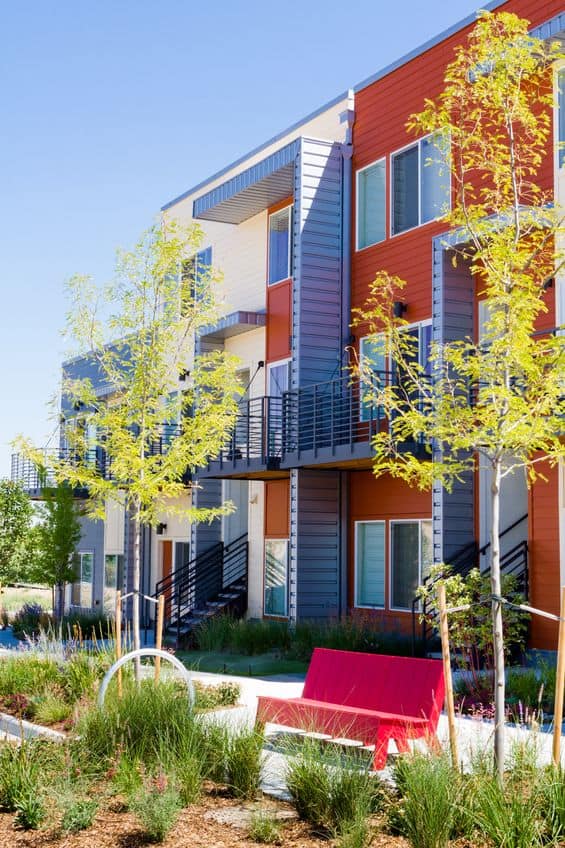4 Things Affordable Housing Owners Can Do Now

Megan Sandel, co-director of the GROW Clinic at Boston Medical Center, said during a recent ULI webinar on protecting low-income and affordable residents during the pandemic that researchers are learning more and more about how social factors can impact health outcomes. The quality of an individual’s housing can have a big impact on their overall health: multiple moves, overcrowding, unsafe conditions and difficulty paying rent can all be contributing factors.
“There’s a 50 percent higher risk of kids being in poor health that are in homes behind on rent,” said Sandel.
How can owners help? Below, industry experts spell out four actions owners and operators can take to ensure residents stay healthy and feel safe.
MAKE CONTACT
NMHC President Doug Bibby said the first thing owners and operators should do is talk to each of their residents and get a clear idea of what their situation is.
“We’ve been saying for weeks, contact every single resident and assess their needs,” said Bibby. “This is a time when it’s got to be one-on-one. I think letting every single person know you want to work with them and care about them is the best approach.”
Bibby recommended owners offer payment plans for residents and avoid instituting rent increases for the duration of the pandemic.
UNDERSTANDING NEEDS
Many low-income renters struggle with having enough food as a result of lost income due to the outbreak, in addition to overwhelmed food banks. For those with children, virtual schooling cannot exist without a Wi-Fi connection and computers.
That’s where partnerships between housing providers and the community can come in.
“Reach out to food banks, to local libraries that are closed but might have equipment to donate for some purposes,” said Diane Yentel, president & CEO of the National Low-Income Housing Coalition. “Be resourceful and connected as much as possible to triage and meet tremendous needs, while waiting for federal money to keep flowing.”
DIY SOLUTIONS
In cities across the country, as grocery store shelves continue to empty out every day, cleaning supplies have become difficult to obtain. And the ones that are available often contain toxic chemicals. However, many local public health departments offer resources on mixing your own green cleaning supplies, said Sandel.
“Many have really amazing resources about how to mix supplies naturally with lemon juice and baking soda, things you can actually buy in stores,” she said, noting that Los Angeles offers its residents green recipes in 12 different languages.
GET CREATIVE
In places where social isolation has become vital to protecting the health of its residents, like senior housing communities, staff members have come up with creative ways for residents to still be able to socialize while maintaining proper social distancing.
“I’ve seen certain senior housing developments where they have been instituting social hours where people open doors and wave at each other to have conversations as a way to connect with one another,” said Sandel.
Source: multihousingnews.com















 Accessibility
Accessibility